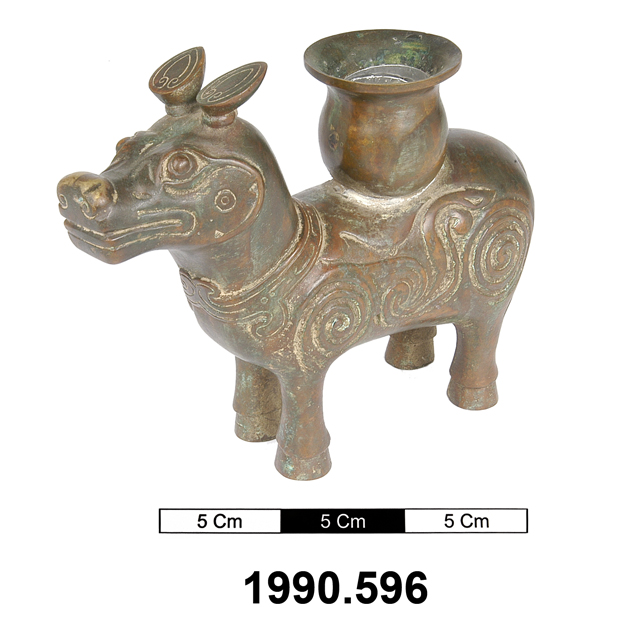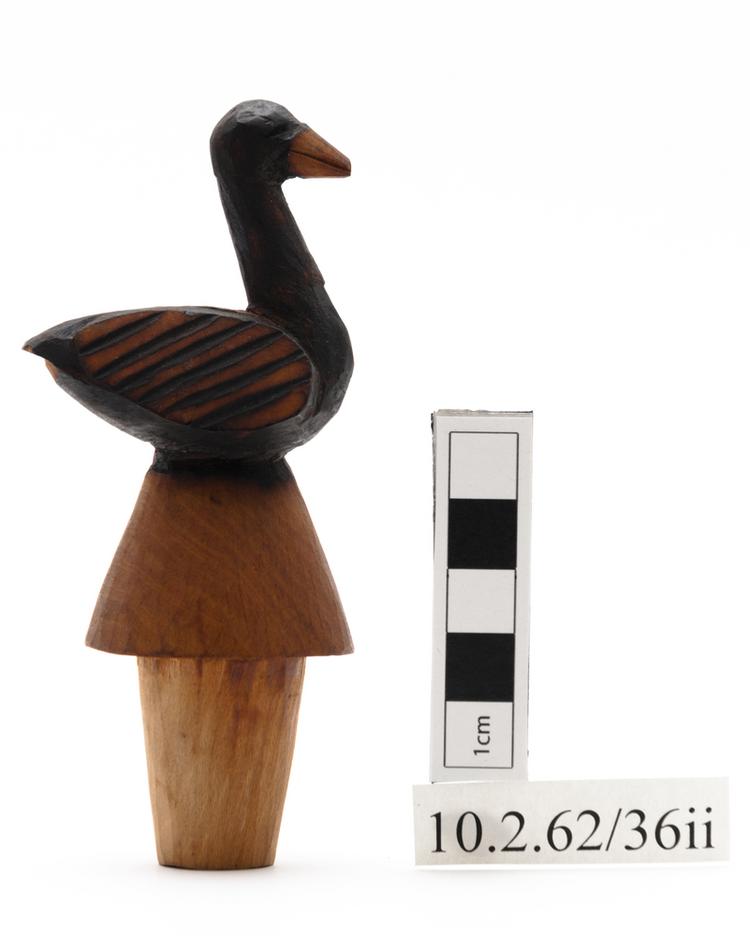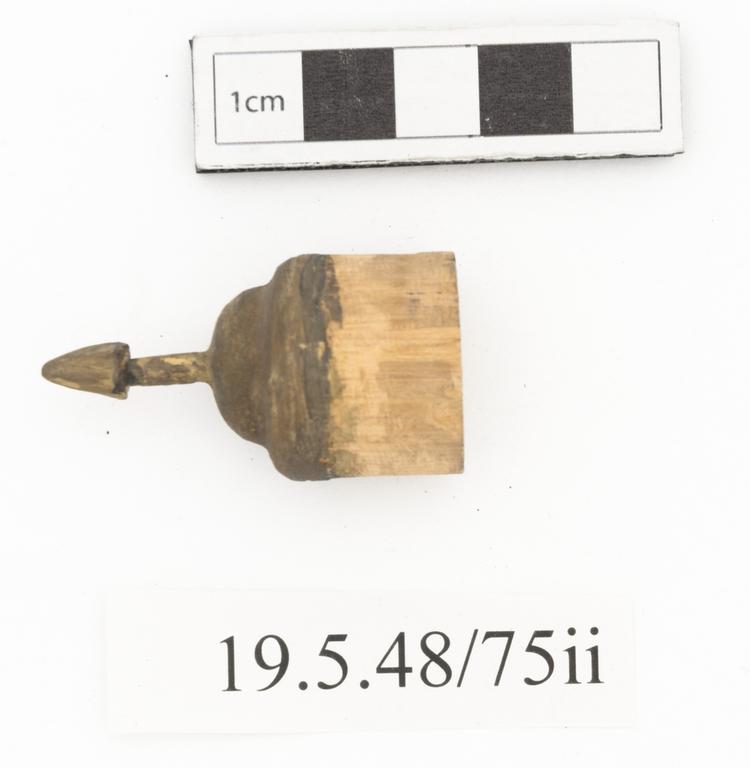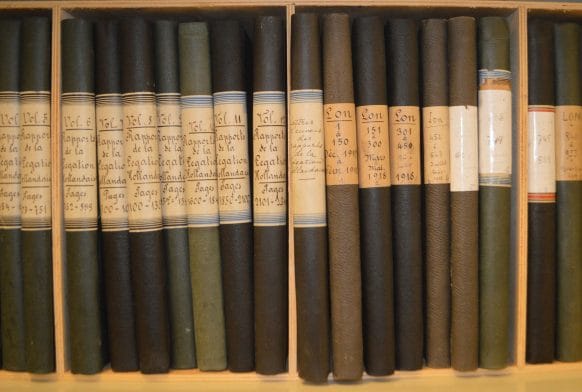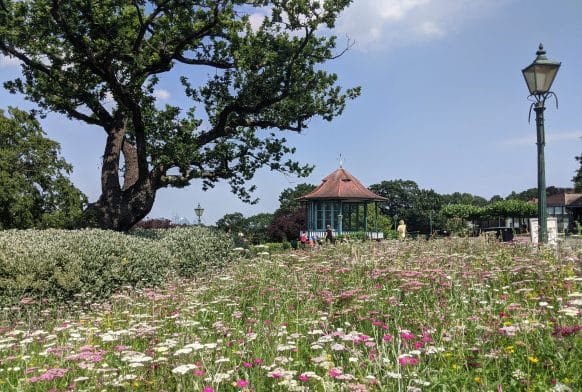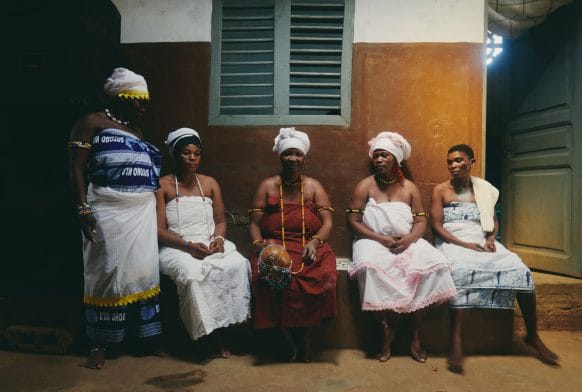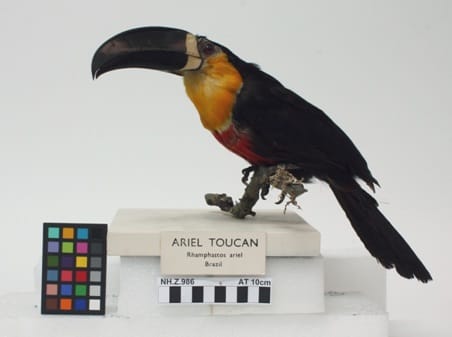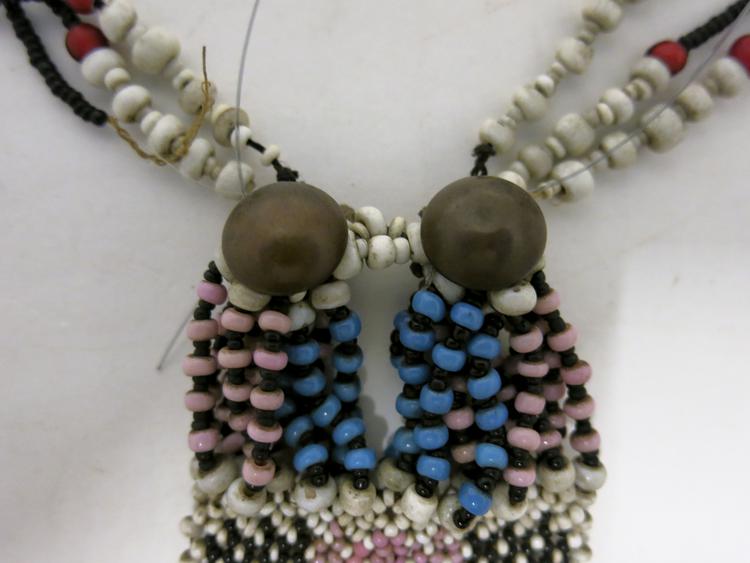
This is a very fine piece of Zulu or Xhosa beadwork from the Natal Draakensburg region on South Africa with a pink, green. black and red lattice-work panel. The small wooden box is European made, functioning here as a snuff box. and it also incorporated European brass buttons.
This is a very fine piece of Zulu or Xhosa beadwork from the Natal Draakensburg region on South Africa with a pink, green. black and red lattice-work panel. The small wooden box is European made, functioning here as a snuff box. and it also incorporated European brass buttons.



